How Artisan wares from rural Japan landed in a Duxton Hill Shophouse
We’re grateful to not be alone in our passion for Singapore’s shophouse buildings. In fact we find ourselves in very good company as we look around and notice the businesses and projects that are starting to take up residence in these historic structures. Not mere tenants, these new ‘shophouse keepers’ often have a deeper connection and appreciation of the space they occupy. We have found many like-minded colleagues who share our attitude of stewardship for heritage and culture.
Huls Gallery is one such discovery we chanced upon while passing through the Duxton neighbourhood. Hidden away at the top of Duxton Hill is this charming gallery run by Yusuke Shibata, a multi-talented entrepreneur and constant traveler. It showcases an exquisite collection of Japanese kogei (工芸, kōgei, lit. engineered art) wares sourced from various traditional and emerging artisans in Japan’s rural areas.
We asked him about his shophouse gallery-cum-storefront and his perspective on bringing craft rooted in tradition and nature into our contemporary urban lives.
Writing to each other from our homes in the earlier part of this year, Yusuke kindly sent us a personal selection of Huls’ pieces. Each vessel and tool, crafted with exacting technique and care, was a pleasure to hold and use. We invited photographer Ivan Tan, who also happens to be a tea aficionado, to shoot these objects with our friend and publisher Lingying Chong at our boutique home, Still House. Because as Yusuke states, kogei is to be used at home in an unfussy manner, to elevate our daily lives.
How did you discover your shophouse in Duxton Hill and what made you decide to move Huls Gallery into this space?
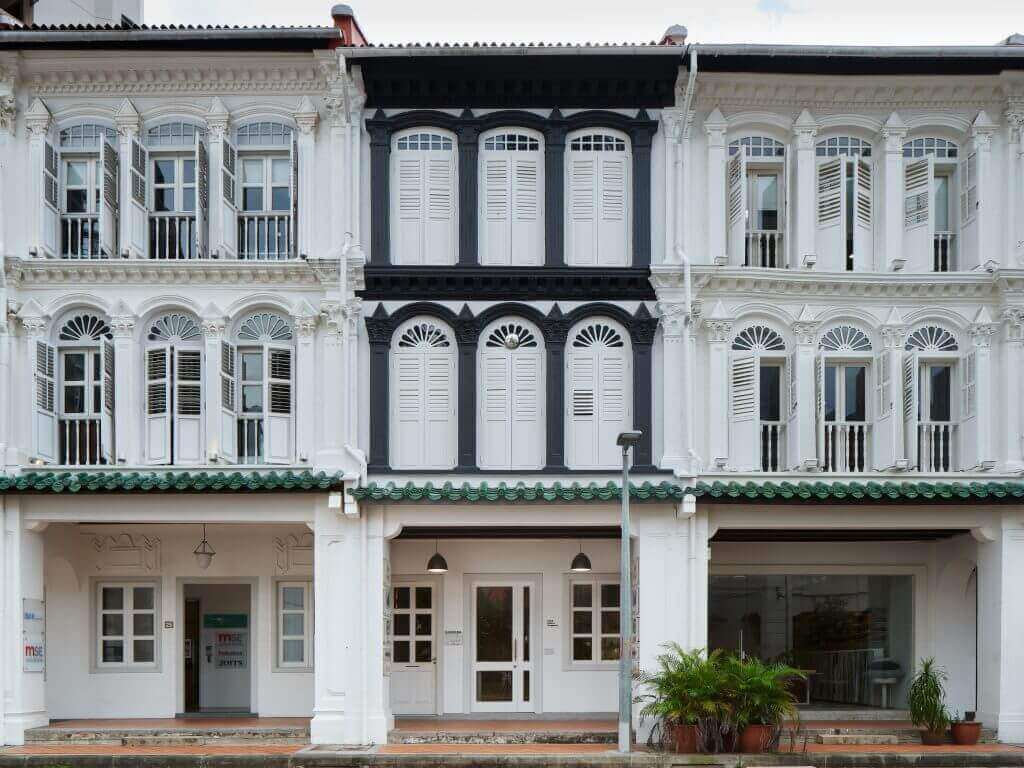
The decision to set up the gallery in Duxton Hill was made by instinct. I had asked colleagues to look for a suitable location for the gallery, but nothing turned up. So I walked around various areas by myself and when I found this place, I felt it was ideal for us.
This is our first gallery space, previously we only had a wholesale business. This is a space to promote the story and history of the pieces and artisans, and host artisan workshops when they visit Singapore.
Later we found out that we are neighbours with Kvadrat that sells curtain textiles to designers who often drop by our store along the way to their store. There are also chefs who work in restaurants in the area who pass by and end up working with us.
This is a quiet, sophisticated area. I liked going to a nice coffee shop that used to be at the corner of Duxton Hill. Sadly it closed down, so I hope a nice cafe opens in the near future.
Could you tell us about a specific object or encounter that led you to start working with Japanese artisanal wares?
It started with a visit to a pottery in Shimane Prefecture. I visited Shussaigama which is one of the most famous mingei potteries [mingei 民藝: “arts of the people”]. It was a first experience for me to visit the pottery and talk with a real artisan.
What kind of people does HULS Gallery’s vision and products cater to?
Before this, I was running another company selling specialized electronics material globally. But I have a design background, and wanted to combine my creative instincts with an international business. I really enjoyed this visit and I decided to introduce this passion to a global audience.
Our concept is ‘Roots and Touch’. I select the artisans and products based on this concept. Each area that produces Japanese crafts has its own story and setting, and each manufacturer has its history. I always listen to their narrative carefully and also observe the surrounding nature in each prefecture. I also like the feel of natural materials such as wood, stone and clay. I believe these connections are important to the customer, so my curation is always by this concept. We now carry around 50 manufacturers and 20 artisans and try to work with young and new generation artisans to carry on the traditional crafts.
We are doing both retail and wholesale business. In terms of retail, our main customer is the international professional. Some favourite products include our coffee cups, eggshell porcelain and teaware. We are now focusing on teaware and sake ware because Japanese tea and sake have become more popular overseas.
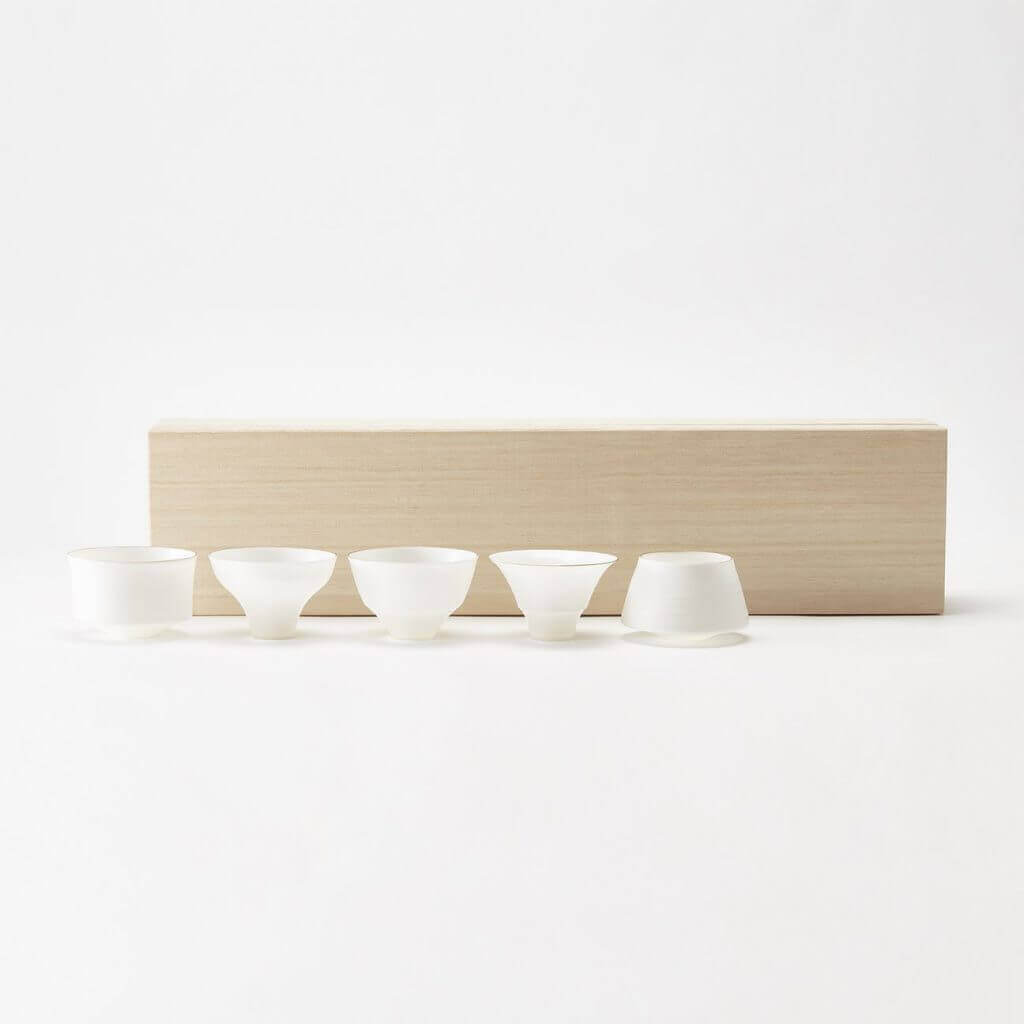
Regarding the wholesale business, our main customers are fine dining chefs. They are very creative and most of them appreciate Japanese cuisine.
[Editor’s note: these discerning restaurant clients include Tanjong Pagar neighbours Restaurant ZEN, terra Tokyo Italian and Sushi Kimura amongst others.]
Let’s say you are a young professional looking to invest in some well crafted homeware. What would you consider as essential objects for elegant modern living, and how should you maintain them?
When I entered the world of kogei, I bought a simple mug for the daily use. We don’t need to buy special matcha bowl. It is good enough to buy daily wares.
Taking care of the wares is not so difficult. It is okay to wash simply and wipe quickly. It is not so complicated. But nowadays, we cannot do such a simple thing. Most creative chefs we work with understand the value of kogei. So we don’t have to explain too much. I think we should appreciate the craftsmanship before learning how to take care. This is a first step in entering the world of kogei.
For me, it is not so essential if it is handmade or not. It’s more important that we can feel its character in daily life. Japanese crafts are connected to nature. Most products are made of natural wood, stone and clay. And every product is different. Each product is unique. I think it is similar to humans. Everybody is different and has its own character. So I think we need to realise this value. We are trying to introduce this value through the crafts.
What are some of your favourite pieces?
It’s really hard to choose. It might be the Bonbonniere produced by Riso Porcelain, formed with carved ridge lines based on a traditional technique called “shinogi”.
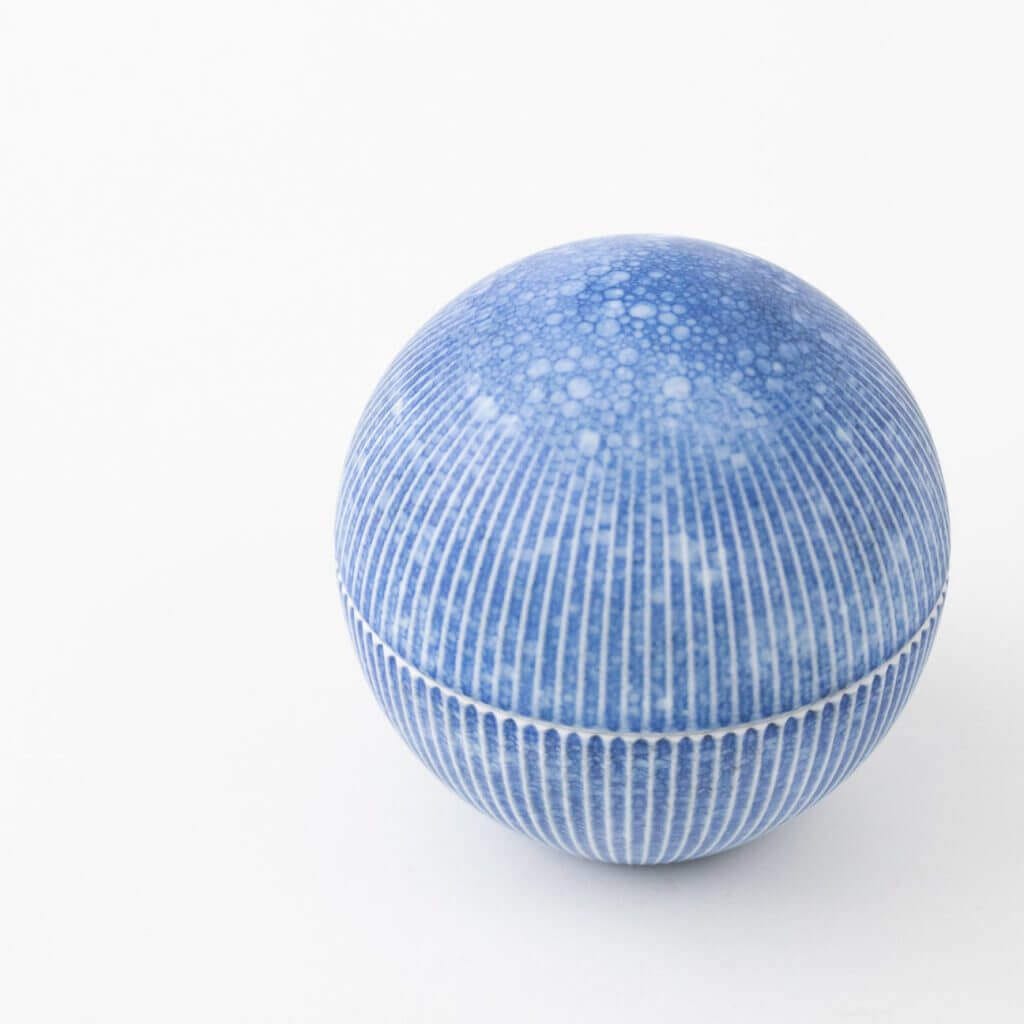
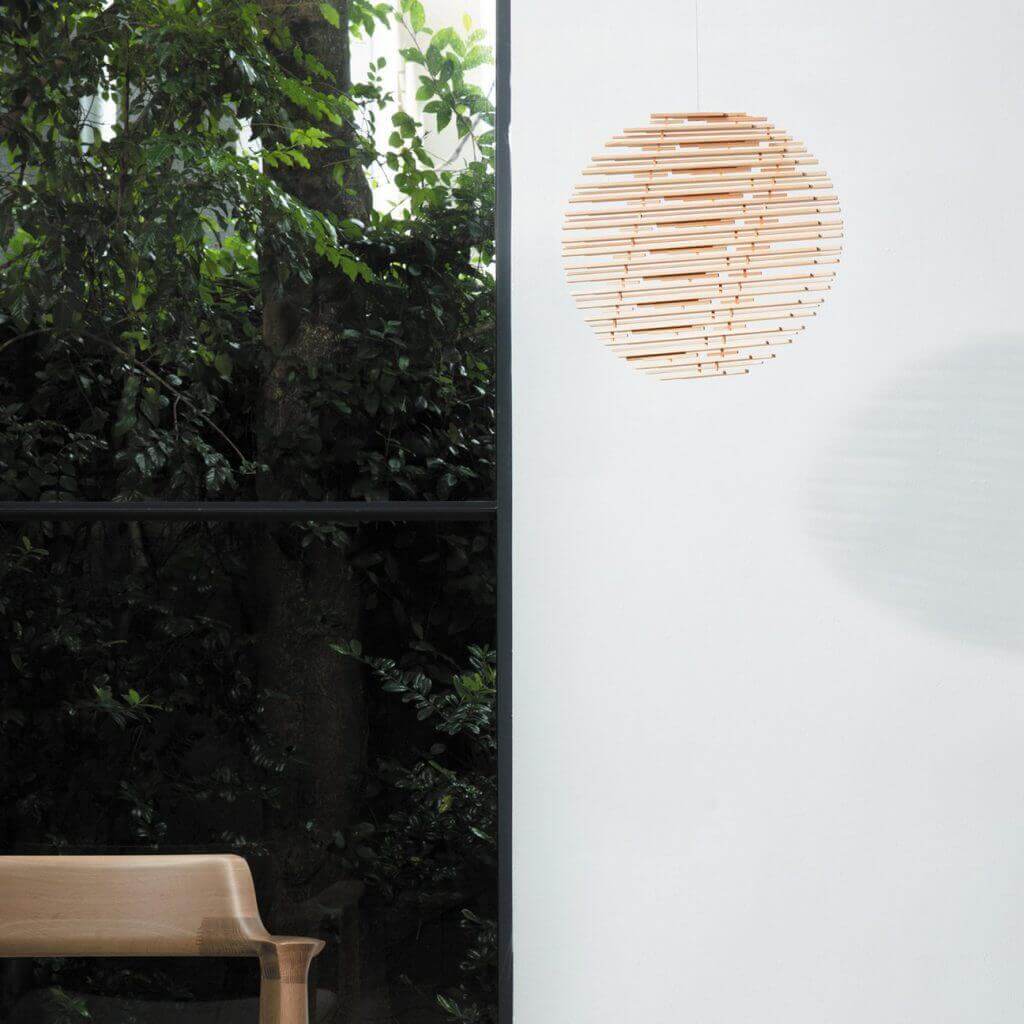
There is also in our new KORAI Senseware line, a wooden mobile we named “Ren”. This collection consists of concept pieces bringing the sense of nature indoors through light and shadow. These “Ren” mobiles are made in Kyoto and incorporate elements of Japanese original fittings such as shoji (room divider screens made of translucent paper and wooden lattice frames) and fusuma. By placing the wooden art piece indoors, people can sense the beautiful light that filters through between the carefully assembled wooden bars, and enjoy the beautiful shade of nature in the house.
Your work sounds like it requires a lot of travel between Japan and other cities in Asia. Your work takes you to all these interesting locations outside of Japan’s urban centers, to much older villages and towns. How would you contrast the way of life of an artisan with that of the contemporary, global Japanese person like yourself? What are some objects or rituals you travel with that keep you grounded? Similarly, when you get back from a trip, what objects or rituals tell you that you’re home?
Nowadays, the life of an artisan and a city dweller is not so different, especially for the younger generation. But the people living in the countryside do not have the experiences that connect them with different cultures and communities. So my role is to bridge between them.
I like to read a book on a flight and that’s how some ideas come to me, so travel is an important time for me to reflect. I find that after a trip, I end up bringing back a new point of view to my daily life. That keeps me changing up to the current moment, without stopping. That is my style of working, and living too.
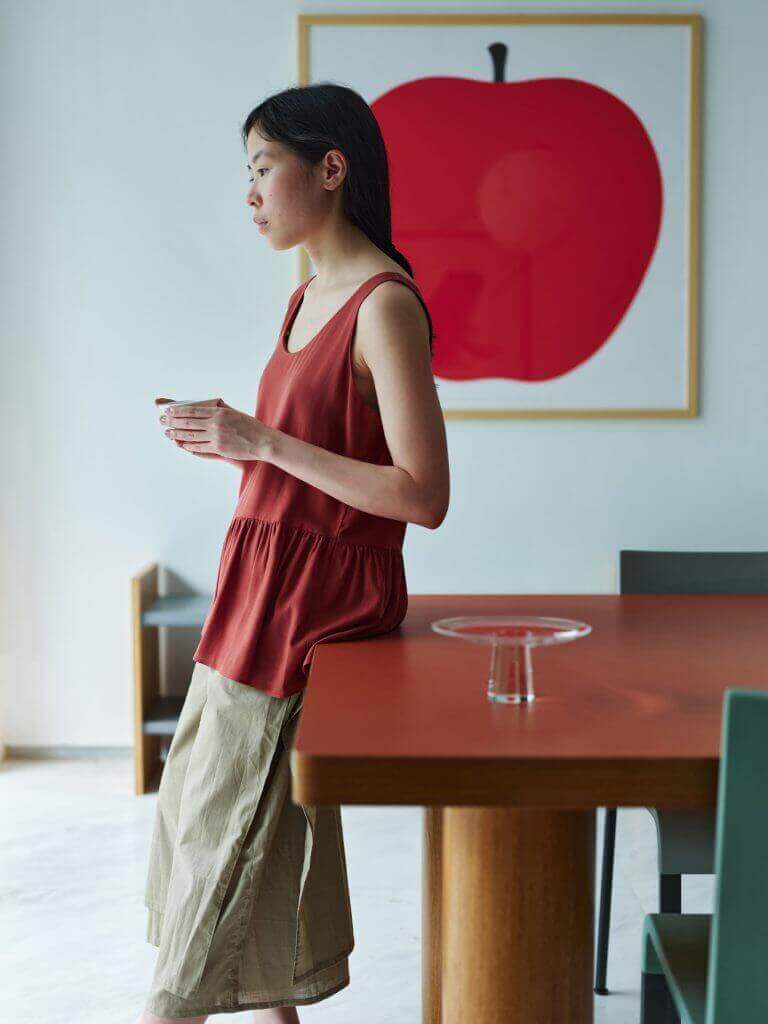
For objects that give me a connection to reality, the object ‘Hydrangea’ is a representation of the concept of “senseware” by our in-house label, KORAI. It is named after the Greek word which means water vessel. This senseware allows us to feel the wind and the light in our daily living similar to the water bowl which is often placed in a Japanese garden. By filling the vessel with water and setting it by the window, it reflects wavering water ripples on the surface it sits on and creates a pleasant time in tune with the change of nature.
Visit Huls Gallery at 24 Duxton Hill, Singapore 089607.


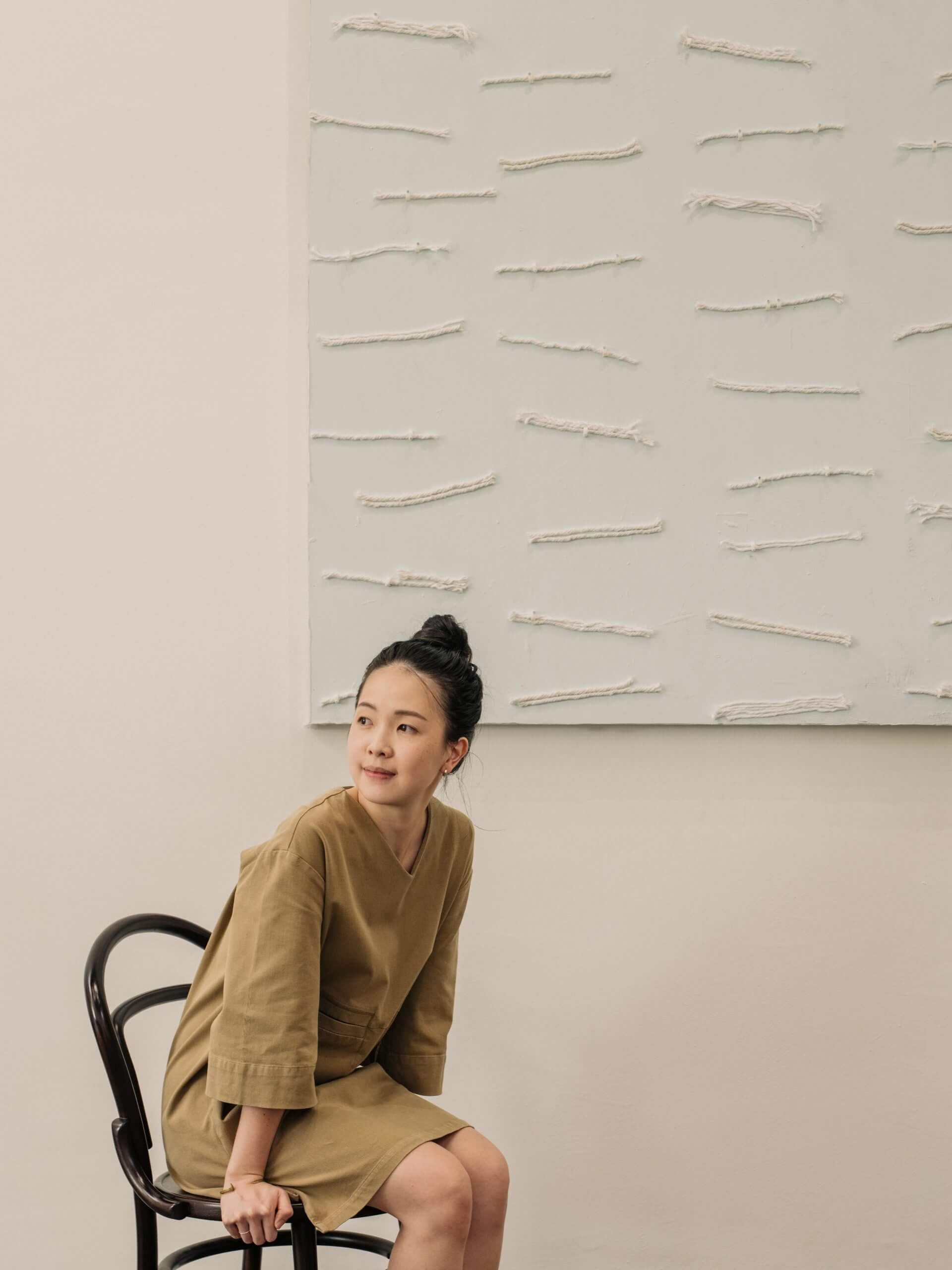
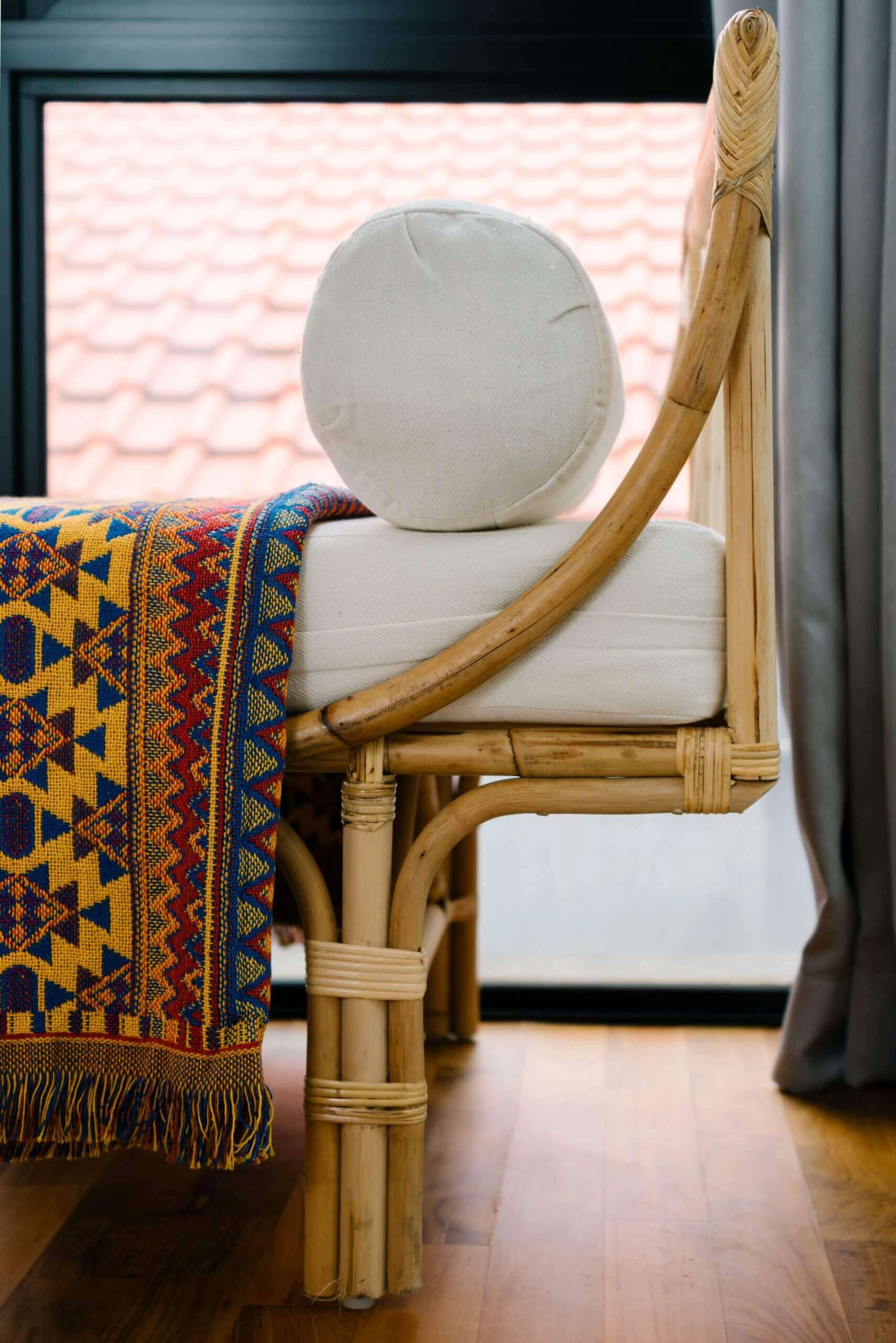
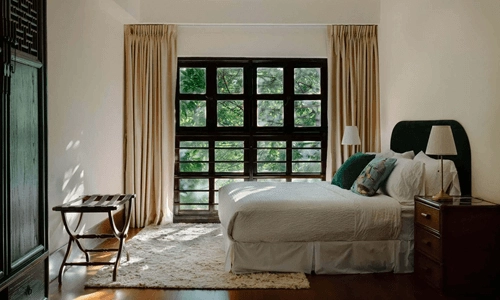


Comments